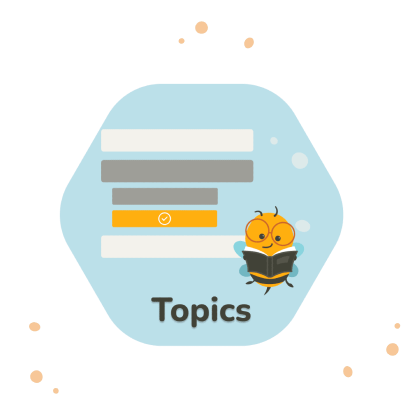What drives customers to choose one product over the other? For most users, it is the ease of use and the fact that it targets a job they’re trying to get done. Each one of the jobs to be done examples below delivers on this goal, by demonstrating a strong sense of what those needs are.
Continue reading to find 10 ground-breaking Jobs To Be Done examples you can learn and inspire from today, including tips on how to apply them to set your current or next product development up for success.
What is the Jobs to Be Done framework?
The Jobs To Be Done framework is intended to assist you in determining the specific problems your digital products will solve based on an understanding of the user’s “job” and the pain points that lead customers to “hire” your product to complete the task.
This means that when a designer uses software like Figma, they’re using it to create user-friendly interfaces and not simply as a drawing tool. This is why features like quick prototyping and testing, a template builder, etc, are necessary.
So, with JTBD, you’re trying to figure out how to respond to your customer’s needs and why they’d hire your service to get the job done. However, the framework isn’t complete without a proper definition of what a “job to be done” is.
We can break it down into three categories:
- A task a customer needs to accomplish within any circumstance
- A reference to customer’s expectations of the products they buy
- Or a practical, emotional, and social need a product or service fulfills
Types of Jobs to Be Done

In the JTBD framework, your customers are trying to do three types of jobs: functional, social, and emotional.
Below, we explore these three types of functional, social and emotional jobs to be done, examples and tips on how teams can implement them within their product development process.
Functional JTBD examples
Functional jobs involve accomplishing specific tasks or solving practical problems. They are rooted in the tangible and measurable actions your customers need to perform. Your design process should keep the users in mind to build an easy-to-understand method to complete tasks more efficiently.
Here are three examples of functional jobs:
- Email management software: Imagine you’re overwhelmed with a flood of emails every day. You need a tool to efficiently sort, filter, and manage your inbox to stay organized and ensure you don’t miss important messages.
- Electric drill: An electric drill is a necessity if you’re a DIY enthusiast or a professional contractor. It allows you to drill holes in various materials like wood, metal, or concrete, making it indispensable for home improvement projects or repairs.
- Meal kit delivery service: A meal kit delivery service is a life-saver for people with less time to worry about it. It provides pre-measured ingredients and easy-to-follow recipes, so you can cook healthy meals at home without the hassle of grocery shopping and meal planning.
Stephen Wunker, an innovation expert, discusses the necessity of understanding both the functional and emotional aspects of jobs:
When developing products, focus on simplifying and enhancing these practical tasks for your customers.
Social JTBD examples
Some products depend on how customers want to be perceived by others, and they fall under the social JTBD type.
These jobs are about the social image and status that your product can help customers achieve. People often choose products for reasons beyond utility, more specifically, how these products make them appear in their social circles.
Here are three examples of social jobs:
- Luxury watch: For many customers, a luxury watch is a status and success symbol. Wearing a high-end watch can help someone feel and appear prestigious among peers and colleagues.
- Eco-Friendly products: People often choose eco-friendly products to demonstrate their commitment to the environment. Using sustainable products can help them be seen as responsible and conscious members of their community.
- Fashionable clothing: Staying up-to-date with fashion trends is important for many individuals. Wearing the latest styles helps them feel stylish and admired, reflecting their awareness and alignment with current trends.
To identify social JTBD for your customers, answer questions like how customers want to feel or what they want others to feel when they see them using your product.
Emotional JTBD examples
Personal feelings and needs drive emotional jobs. They fulfil customers’ internal emotional desires, such as feeling secure, happy, or connected. Products and services that address these emotional jobs often create strong, lasting customer connections.
Some emotional jobs to be done examples include:
- Spa services: A visit to the spa for a massage or facial is physically relaxing, which in turn translates to overall emotional well-being. Customers purchase these services to relieve stress and achieve peace and calm.
- Sentimental jewelry: Like lockets or charm bracelets, jewelry often carries deep emotional significance. These items help individuals feel connected to loved ones or commemorate special moments, evoking cherished memories.
- Installing a home security system not only protects physical property but also provides a sense of safety and peace of mind.
Regardless of the different categories of products, the focus here is on their emotional benefits, such as helping customers feel more relaxed, connected, or secure.
10 Jobs to Be Done examples from successful companies
Before writing your job statement, you need to learn about your customers and what their pain points are, and this insight will make it accessible to build products with customer-centricity at the core.
Here are 10 Jobs- to-be-done examples from successful companies and how they were executed:
1. Apple
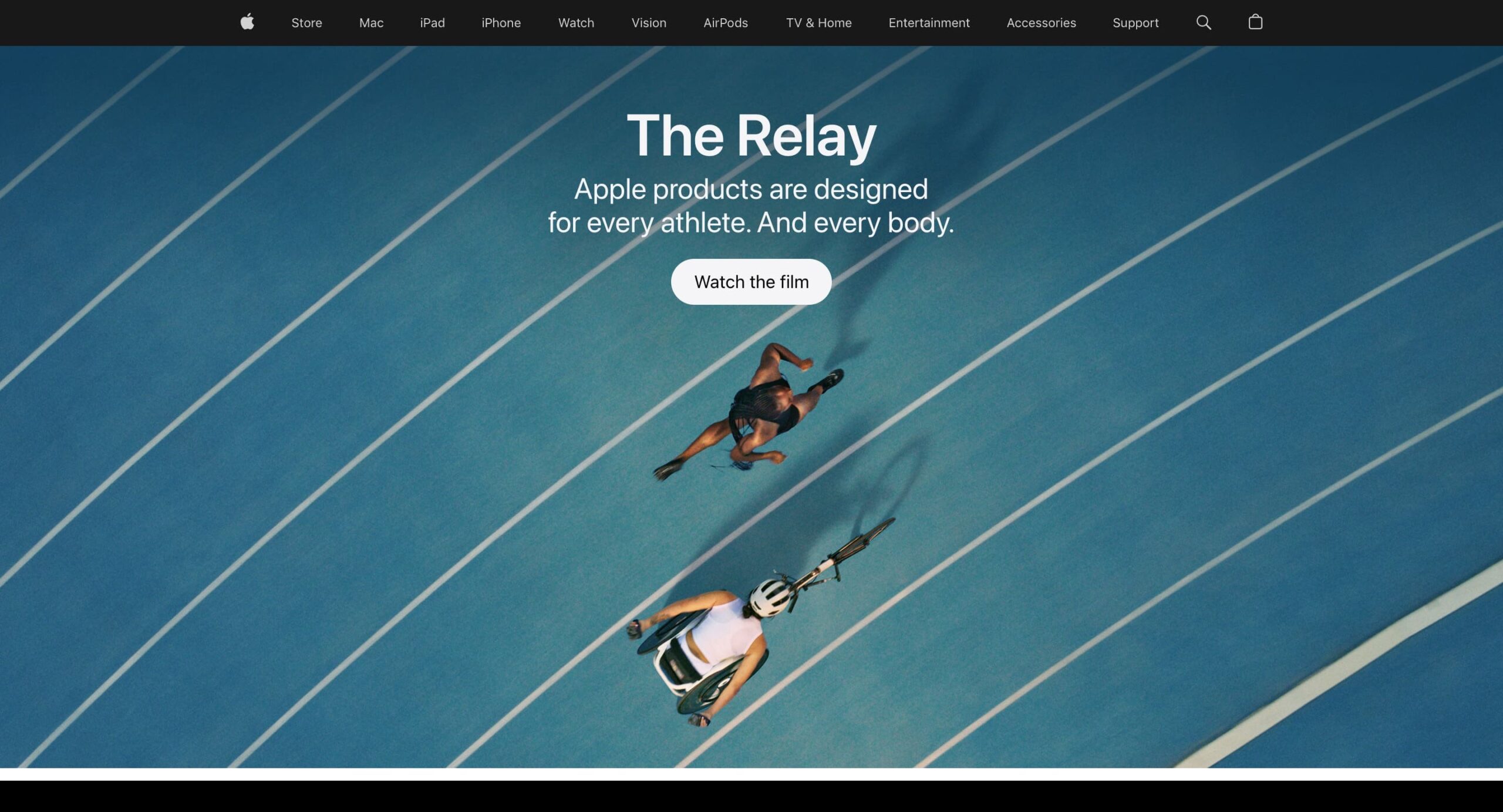
When Apple announced record sales of $54.5 billion, critics were still unimpressed, questioning if innovation had peaked since Steve Jobs. Many pointed to the iPhone 5, noting it wasn’t a drastic departure from previous models.
But here’s the thing: Apple doesn’t chase trends or competitors. They focus on making tech that seamlessly fits into your life.
Jobs Apple solves for users
- Users “hire” Apple products to streamline their digital lives with sleek, reliable devices.
- They want cutting-edge tech that’s easy to use.
- Customers need their gadgets to sync effortlessly, creating a cohesive experience.
How they do it
Apple’s main selling point is their eco-system. Your iPhone, iPad, MacBook, and Apple Watch all work together smoothly, and they constantly making iterations to their products by adding meaningful features without unnecessary extras.
Jobs To Be Done approach
Apple nails it with the Jobs To Be Done approach. They figure out what you want to accomplish—like communicating, checking emails, or finding directions—and make those tasks easier. The iPhone wasn’t the first smartphone, but it became the best because it made these jobs simple and efficient.
Critics might say Apple isn’t innovating fast enough, but the truth is that they’re meeting customer needs without overloading with features.
Each iPhone generation brings practical improvements like better memory, higher resolution, and faster processors, along with regular software updates that keep everything running smoothly.
2. Netflix
Netflix’s introduction to entertainment made it ridiculously easy to watch what you want when you want. Before Netflix, you were tied to TV schedules or had to rent physical DVDs. The platform offers a vast library of movies and shows on demand, which inherently solves the issue of limited viewing options and inconvenient timing.
Jobs Netflix solves for users
- Users “hire” Netflix to binge-watch their favorite shows anytime, anywhere.
- They want personalized recommendations to easily discover new content.
- An uninterrupted, high-quality streaming experience across all devices is essential.
How they do it
Netflix’s success comes from its powerful recommendation algorithms and extensive content library. They invest heavily in original content, ensuring there’s always something new to watch.
Jobs To Be Done approach
The algorithm works excellently in providing recommendations based on your interests, making it easy to find your next favorite show. You can stream from any device, smartphone or smart TV without a hitch.
Regular updates keep the platform running smoothly, and their extensive library continues to grow, catering to a wide range of tastes and preferences.
3. Amazon
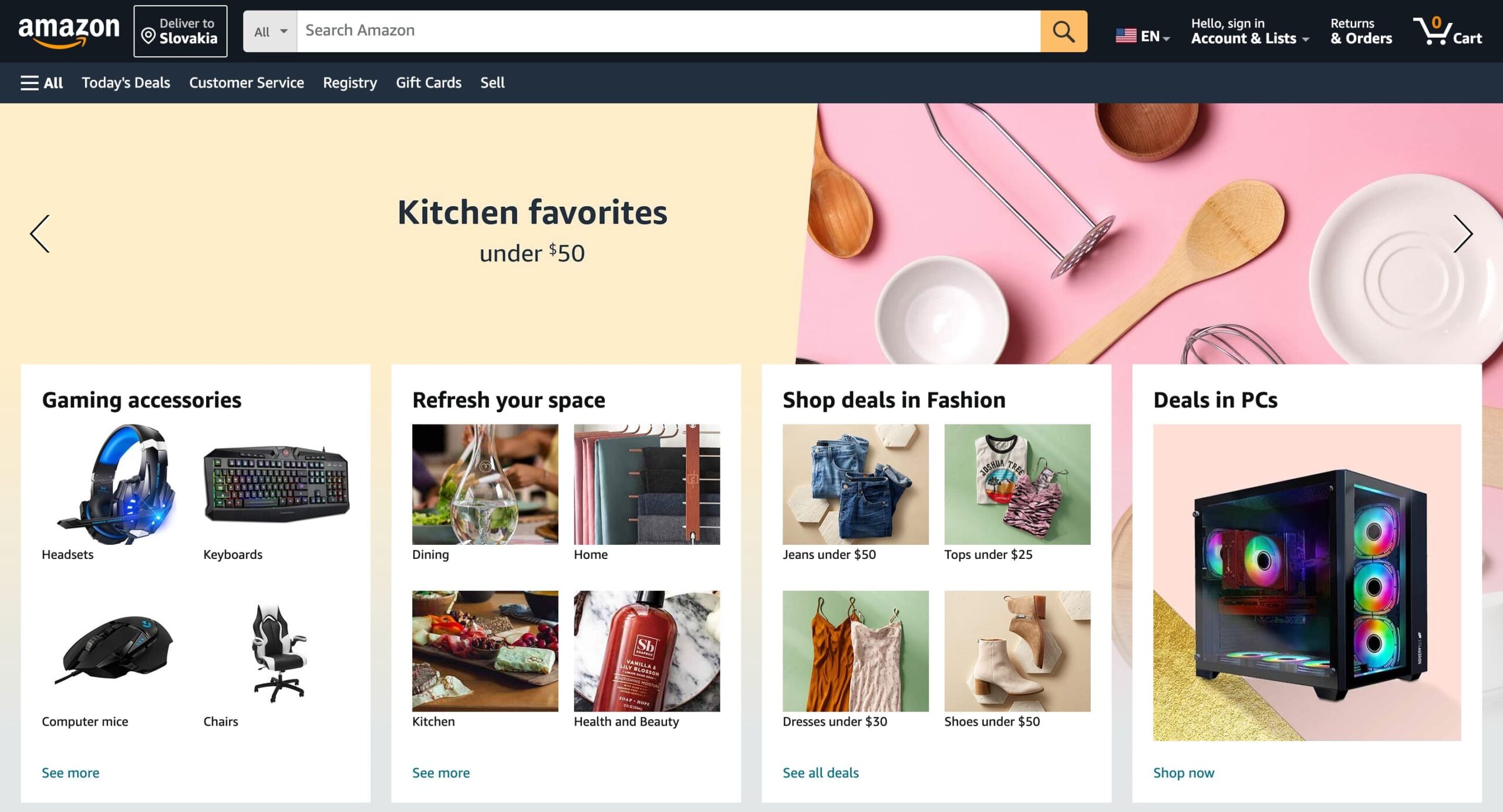
The typical shopping experience before Amazon meant that customers would walk into a store to get what they wanted, and sometimes had to wait for some products to be available to them locally before getting it.
But now, instead of hopping between stores, you can browse a wide range of products online and have them delivered right to your doorstep. This shift solved the issues of limited selection and time-consuming shopping trips.
Jobs Amazon solves for users
- Users “hire” Amazon to offer a comprehensive shopping experience with a broad product range.
- They seek competitive pricing and fast delivery.
- Efficient customer service and hassle-free returns are key to their satisfaction.
How they do it
The success comes from Amazon’s extensive product assortment and quick delivery options. They’ve developed a sophisticated logistics network to handle orders efficiently. With features like Prime membership, which includes perks such as free shipping and exclusive content, users have more reasons to love using Amazon.
Jobs To Be Done approach
By focusing on what users want—convenience, variety, and fast delivery—Amazon meets these needs with precision. Their investment in logistics and technology ensures a smooth transition from online browsing to receiving your order, making the process as seamless as possible.
4. Tesla

Electric vehicles used to be largly impractical for everyday use, before Tesla changed that. Now, we see these vehicles with sleek designs, impressive range, and more people are beginning to use it as their daily driver.
Jobs Tesla solves for users
- Drivers “hire” these vehicles for an eco-friendly driving experience that doesn’t compromise on performance.
- They seek advanced features like Autopilot and a modern, stylish design.
- Users need a reliable EV with a substantial range, minimizing the need for frequent charging.
How they do it
The key is their cutting-edge battery technology and an extensive Supercharger network. For example, the Model S Long Range boasts up to 405 miles per charge, addressing range anxiety.
Continuous software updates improve vehicle features and performance over time, keeping the driving experience fresh and advanced.
Jobs To Be Done approach
Understanding that users want a mix of sustainability, luxury, and high-tech features, they deliver on these fronts. The focus on performance and long-range tackles common EV concerns, ensuring that the cars are not only environmentally friendly but also enjoyable to drive.
5. Spotify

Main jobs solved
Spotify, the go-to music streaming app, solved the challenge of accessing a vast music library and delivering personalized listening experiences. Users used to go a mile to find new music.
It took flipping through CDs or struggling with old playlists. Spotify introduced features like Discover Weekly, Release Radar, and Daily Mix to cater to your unique tastes. These additions made it easy to explore new music and stay updated with what’s trending.
Jobs Spotify solves for users
- Users “hire” Spotify to provide immediate access to a broad range of music.
- They want playlists and recommendations that fit their individual listening habits.
- Effortless discovery of new songs and artists is a must.
How they do it
One of Spotify’s top listed KPIs on page 46 in Form 20-F focuses on the business on the users first, which reads: “We track MAUs [monthly active users] as an indicator of the size of the audience engaged with our Service…”
The company uses the Jobs To Be Done approach to keep the experience fresh and personalized. Users are guaranteed to receive personalized music recommendations by incorporating features such as Discover Weekly and Daily Mix. This method makes it easy to discover new favorites and keeps your playlists fresh.
Even with competition in the market, Spotify stays ahead by focusing on what matters most to users: a seamless, personalized music experience. Regular updates and smart recommendations help maintain their leading position.
6. Zoom
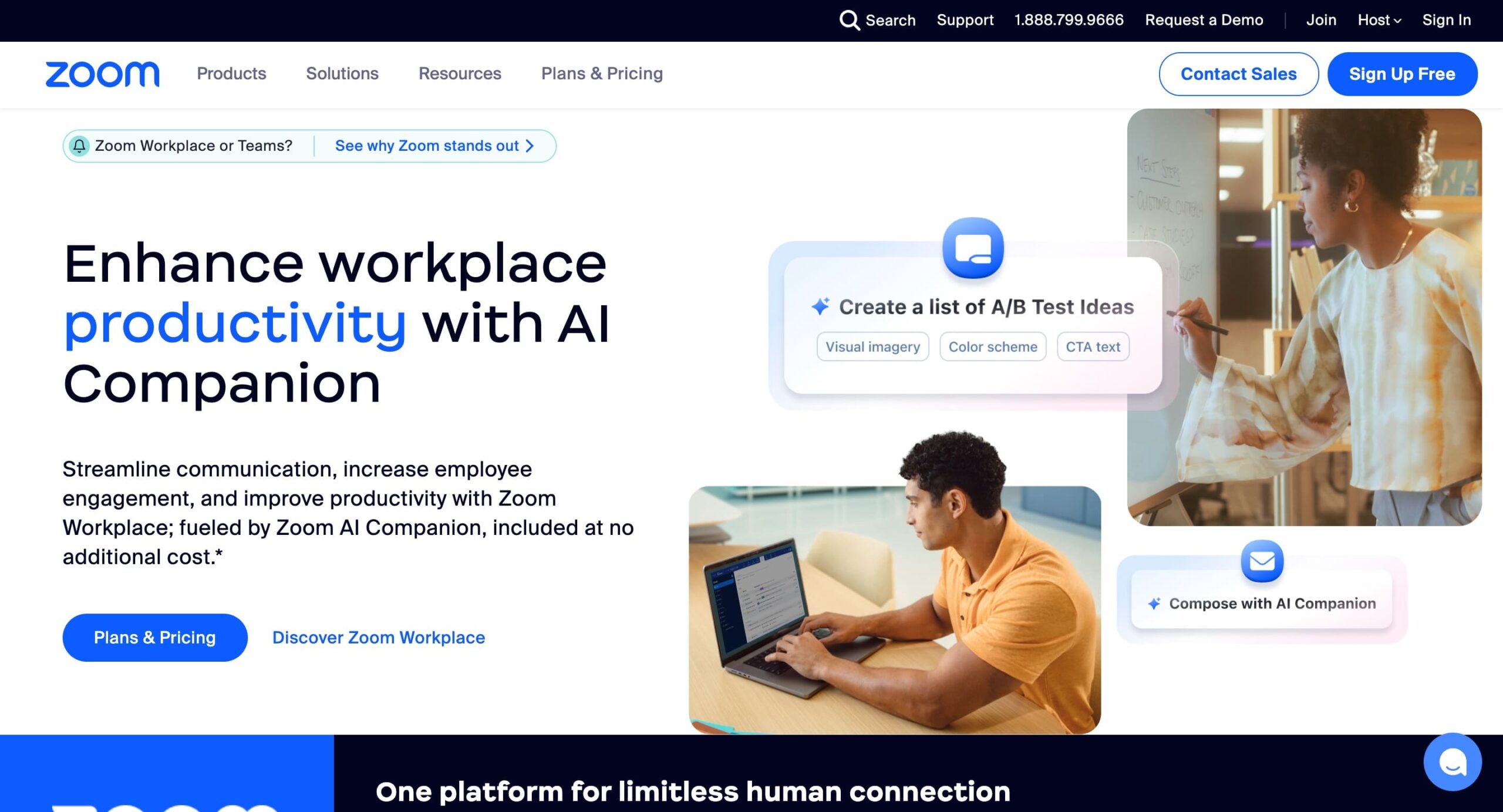
Main jobs solved
Zoom significantly improved the way we handle virtual meetings by making them easy and reliable. In the past, complicated setups and bad connections frequently hampered remote communication. The platform stepped in to solve these issues, offering a smooth and efficient way to connect with others from anywhere.
Jobs solved for users
- Users rely on Zoom to host and join video meetings without technical headaches.
- They need a simple, intuitive interface that’s easy to use.
- Being able to connect from various devices and manage meetings effortlessly is essential.
How they do it
The platform excels with high-definition video and reliable audio, supporting everything from quick team check-ins to large-scale conferences.
Since the pandemic started, customer growth has surged by an incredible 354% increase. With remote work expected to be a significant part of the workforce in the coming years, Zoom has stayed ahead by continually enhancing its security and privacy features.
Offering a free tier attracted a broad user base, while premium options catered to businesses needing more advanced features. This approach not only fueled impressive growth but also solidified its leading role in the market.
7. Paypal
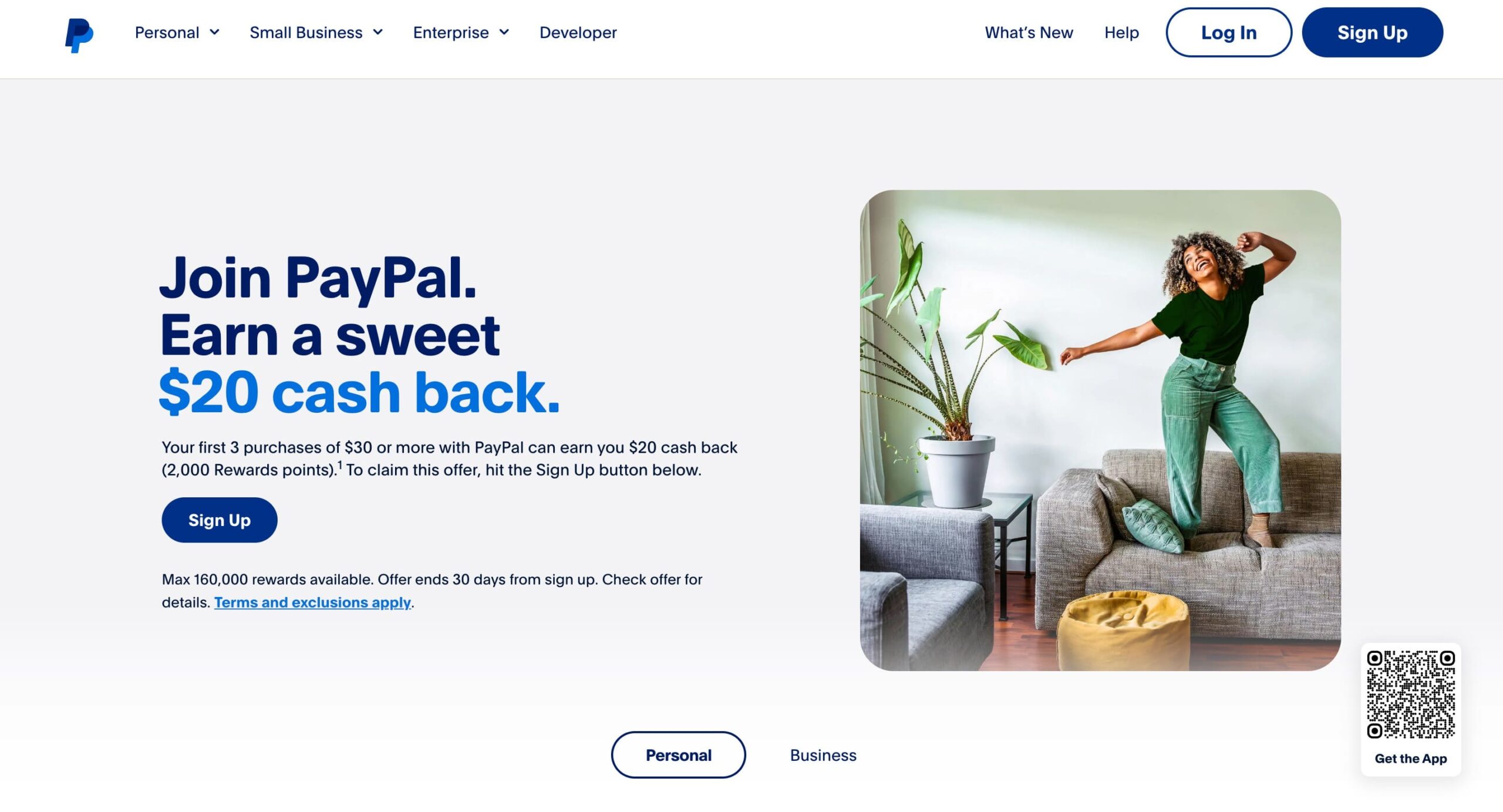
Main jobs solved
Handling online payments used to be a complex process, often involving multiple steps and concerns about security.
Users faced challenges like navigating cumbersome interfaces, dealing with transaction errors, and worrying about fraud. PayPal streamlined this experience, providing a simple, secure way to transfer money and make purchases online.
Jobs solved for users
- Users rely on PayPal for straightforward online transactions without traditional banking hurdles.
- They need a secure platform to manage payments and transfers effectively.
- Quick setup for purchases or sending money is crucial.
How they do it
PayPal simplifies payments by allowing users to connect their bank accounts and credit cards, ensuring a reliable transaction process. It has grown to over 430 million active accounts as of 2023, becoming a key player in online commerce. The pandemic’s surge in digital payments further accelerated this growth.
A recent report forecasts that the global digital payments market will grow by over 17% annually, positioning PayPal for continued success. The company remains ahead by enhancing its security features and offering innovative services clilike “Buy Now, Pay Later.”
8. Slack
Source: PCmag
Main jobs solved
Team communication used to be a tangled mess of disjointed emails and missed messages. Keeping track of conversations across different threads and platforms often leads to confusion and inefficiencies.
Slack tackled and is solving those problems head-on by creating a single, organized space for team collaboration, where everything from messaging to file sharing happens seamlessly.
Jobs solved for users
- Teams depend on this platform to keep all communications in one place.
- Users need a straightforward way to manage discussions and updates without clutter.
- Easy integration with other tools and resources helps streamline workflows.
How they do it
Slack does this by offering channels for different topics and direct messaging. It also connects with other productivity tools, making collaboration smoother. Since its debut, it has seen a surge in daily active users and is widely adopted by organizations seeking to improve their communication and workflow. As remote work became more prevalent, the tool adapted by rolling out features and integrations that enhance productivity and keep teams connected.
9. Notion

Main jobs solved
Managing work used to mean juggling several different tools—one for notes, another for tasks, and yet another for team collaboration. This scattered approach often led to confusion and inefficiencies. Notion simplified things by combining all these functions into a single, adaptable workspace.
Jobs solved for users
- Users turn to Notion for a single platform that handles notes, tasks, and team collaboration all in one place.
- They need a tool that can be tailored to fit different workflows and project needs.
- Consolidating various functions into one space helps keep everything organized and easy to access.
How they do it
Notion lets you customize your workspace to fit your needs, whether you’re taking notes, managing projects, or working with a team. This unified approach has struck a chord with millions of users around the globe.
The platform’s ability to combine multiple functions into one place has significantly boosted user engagement and retention. It’s become a favorite for those looking to streamline their work and keep things in order. Notion has raised over $400 million in funding and is valued at around $10 billion as of early 2024, highlighting its significant impact and popularity.
10. U-Haul
Main jobs solved
Moving can be a major hassle. If you try to rent a truck, find storage, and handle all the logistics from different places—it can be stressful and confusing. U-Haul stepped in to simplify this by providing a straightforward solution for renting trucks, trailers, and other moving equipment all in one place.
Jobs solved for users
- People use U-Haul to easily access trucks and moving supplies without dealing with multiple companies.
- They need a dependable service that handles their moving needs efficiently without surprise costs or availability issues.
- A simple booking system and clear pricing are key to easing the stress of moving.
How they do it
U-Haul streamlines the moving process through a user-friendly platform that connects customers to a network of over 21,000 locations. With a fleet of over 200,000 vehicles, they ensure that finding and renting what you need is straightforward.
How to write Jobs to Be Done statements correctly
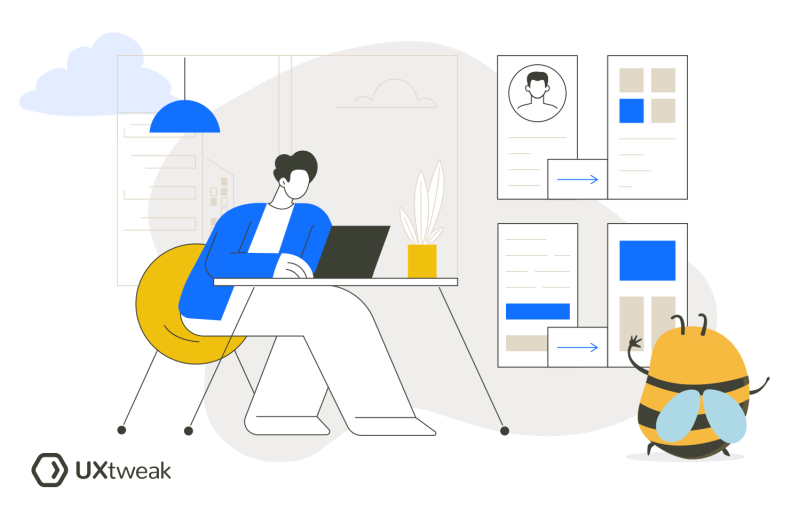
When working on a JTBD framework, you will notice that the format for writing a job statement varies by product type, customer needs, and, more importantly, product teams.
We generally recommend following these tips to get the most results from your product offering.
Here’s how you can refine your approach:
Tip 1: focus on the user’s main goal
Look beyond the features and think about what users are ultimately trying to achieve. For example, if users “use advanced analytics features,” rephrase it to “Users want to make smart decisions quickly and accurately.” This approach zeros in on their real objective.
To get this right, ask yourself, “What’s the primary outcome users are aiming for?” rather than fixating on specific features.
Tip 2: describe the real-world scenario
Paint a clear picture of the context in which users interact with your product. Rather than saying users “want a better way to handle tasks,” specify that “users need a tool to manage their tasks while dealing with tight deadlines and frequent interruptions.” This captures their daily struggles more vividly.
To achieve this, think, “What’s the actual situation users face when using this product?” instead of staying vague or undecided.
Tip 3: address emotional and social drivers
Recognize that user decisions are influenced by emotions and social factors. So, instead of saying users “track their exercise routines,” you can frame it as “users want to feel accomplished and stay motivated throughout their fitness journey.” This approach taps into their deeper motivations.
To reflect these drivers, ask, “How does completing this job affect users emotionally or socially?” rather than just focusing on functionality.
Tip 4: use clear and relatable language
Make your JTBD statements easy to understand by avoiding complex terms. For instance, replace “a solution that integrates seamlessly with their existing tech stack” with “a tool that works well with the apps they already use, so they don’t need to switch platforms.” This makes your statement more accessible.
When writing your statement, consider asking questions like, “How can I explain this in simple, everyday language?” rather than using technical jargon.
Tip 5: incorporate real user feedback
Refine your JTBD statements based on actual user input. Instead of saying, “Users want to enhance their digital marketing strategy,” be specific: “Users need a tool that simplifies managing social media posts and tracking analytics to engage their audience more effectively.” This ensures your statement aligns with user needs. To improve, ask, “What feedback from users can help refine this statement?” rather than sticking with initial assumptions.
Avoid common Jobs To Be Done mistakes
If you’re finding it hard to get into the minds of your customers, it’s fairly easy to fall into the trap of creating a job statement that’s either too broad or too specific.
A common statement that reflects this is something like, “this product is the best option for all users.” The better approach is to focus on a single job executor and envision your product through their eyes.
Let your job statement provide insights into the problems being solved, the
how, the why, making it easy for customers to see.
If you ever get stuck in any of these steps, remeber to use some Jobs To Be Done templates to give you the inspiration you need.
Wrapping up
Without a comprehensive understanding of your customers, launching products may seem like a gamble.
The Jobs To Be Done framework empowers you to build products that users will love, and these 10 examples will inspire you to choose the right template for your needs.
Remember, there’s no better research tool to get you started on your product development process process than UXtweak. Try it for free today! ⬇️






